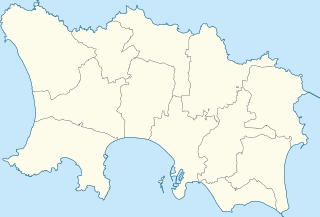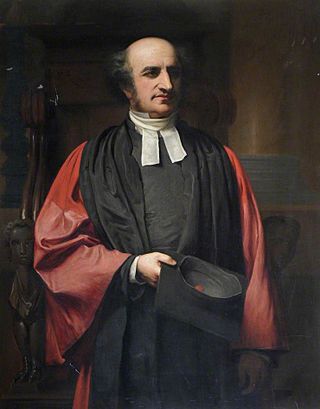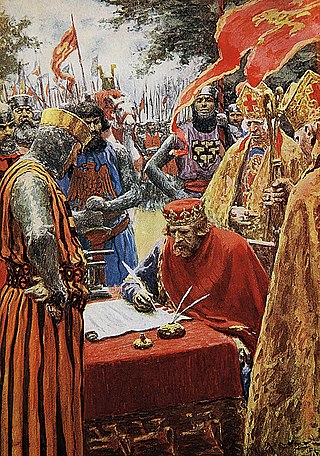
Jersey, officially known as the Bailiwick of Jersey, is an island country and self-governing British Crown Dependency near the coast of north-west France. It is the largest of the Channel Islands and is 14 miles (23 km) from the Cotentin Peninsula in Normandy. The Bailiwick consists of the main island of Jersey and some surrounding uninhabited islands and rocks including Les Dirouilles, Les Écréhous, Les Minquiers, and Les Pierres de Lecq.

Jersey – the largest of the Channel Islands – has been an island for around 6,000 years. Early inhabitation is evidenced by various neolithic monuments and hoards. In the 10th century, Jersey became part of Normandy. When the Normans conquered England in the 11th century, Jersey remained a part of the Duchy of Normandy, but when Normandy and England were finally split in the 13th century, the Channel Islands remained loyal to the English Crown, splitting Jersey politically from mainland Normandy.

St Helier is the capital of Jersey, the largest of the Channel Islands in the English Channel. St Helier has a population of 35,822 – over one-third of the total population of Jersey – and is one of the twelve parishes of Jersey. The town of St Helier is the largest settlement and only town of Jersey. The town consists of the built-up areas of St Helier, including First Tower, and parts of the parishes of St Saviour and St Clement, with further suburbs in surrounding parishes. The greater part of St Helier is rural.

St Brelade is one of the twelve parishes of Jersey in the Channel Islands. It is around 7 kilometres (4.3 mi) west of St Helier. Its population was 11,012 as of 2021.

St Saviour is a parish of Jersey in the Channel Islands. It is located directly east of St Helier. It has a population of 13,580. It has a land surface area of 3.6 square miles and has a very small coastline at Le Dicq.

St Clement is one of the twelve parishes of Jersey in the Channel Islands. Its parish hall is around 3.6 kilometres (2.2 mi) south-east of St Helier. The parish has a population of 9,221 and is the second most densely populated.

Trinity is one of the twelve parishes of Jersey in the Channel Islands. It is 5.8 kilometres (3.6 mi) north of St Helier. It has a population of 3,156. The parish covers 6,975 vergées (12.3 km2 [4.7 sq mi]). Les Platons in the north of the parish is the highest point in Jersey. The parish borders St John, St Helier, St Saviour and St Martin.

St John is one of the twelve parishes of Jersey and is around 7.3 kilometres (4.5 mi) north of St Helier on the north coast of the island. It has a surface area of 8.7 km2. St John's Village is also the name of the main village in the parish.

St Mary is one of the twelve parishes of Jersey, Channel Islands. It is 7.7 kilometres (4.8 mi) north-west of St Helier. It is the smallest parish by surface area, with an area of 3,604 vergées (6.5 km2). The parish is rural, with a low population of only 1,818 in 2021, with a single sparse village. It borders four other parishes: St Ouen, St John, St Peter and St Lawrence.

St Lawrence is one of the twelve parishes of Jersey in the Channel Islands. It is located 8.0 kilometres (5.0 mi) west of St Helier. The parish covers 5,258 vergées (9.5 km2) and occupies the centre of the Island. St Lawrence Village is also the name of a village in the parish.

The parishes of Jersey are the civil and religious administrative districts of Jersey in the Channel Islands. All have access to the sea and share a name with their ancient parish churches. The parishes and roles within them are based on ancient Jersey law, drawing from the Norman customary law system. As such, many of the parish roles and structures have often been ill-defined.

The States Assembly is the parliament of Jersey, formed of the island's 37 deputies and the Connétable of each of the twelve parishes.

A Parish Assembly in Jersey is the decision-making body of local government, comprising ratepayers and electors of the parish.

There is an Honorary Police force in each of the twelve parishes of Jersey. Members of the Honorary Police are elected by the voters of the parish in which they serve, and are unpaid.

The Parish Church of St Helier is the parish church of the parish of Saint Helier, Jersey. It is a Church of England church, one of the twelve 'Ancient Parish Churches' of Jersey, and serves as the Island's civic church and Pro-Cathedral.

Francis Jeune, also known as François Jeune, was a Jersey-born clergyman, schoolmaster, and academic who served as Dean of Jersey (1838–1844) Master of Pembroke College, Oxford (1844–1864), and Bishop of Peterborough (1864–1868).
Matthew Le Marinel was a Jersey Anglican clergyman, who became Dean of Jersey.

St Thomas Church is a historic Roman Catholic church in St. Helier, Jersey. It is the largest church in the Channel Islands, and first opened its doors in 1887.
Michael Robert Keirle is a British Anglican priest. Since 2017, he has served as the Dean of Jersey and Rector of the Parish Church of St Helier. As Dean, he is an ex-officio member of the States of Jersey.

The Bailiwick of Jersey has an unwritten constitution arising from the Treaty of Paris (1259). When Henry III and the King of France came to terms over the Duchy of Normandy, the Norman mainland the suzerainty of the King of France. The Channel Islands however remained loyal to the British crown due to the loyalties of its Seigneurs. But they were never absorbed into the Kingdom of England by any Act of Union and exist as "peculiars of the Crown".


















